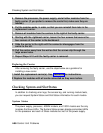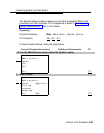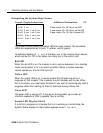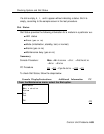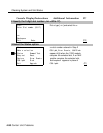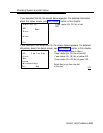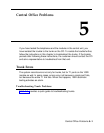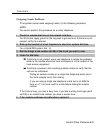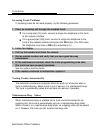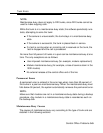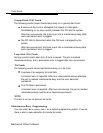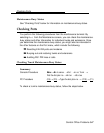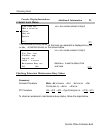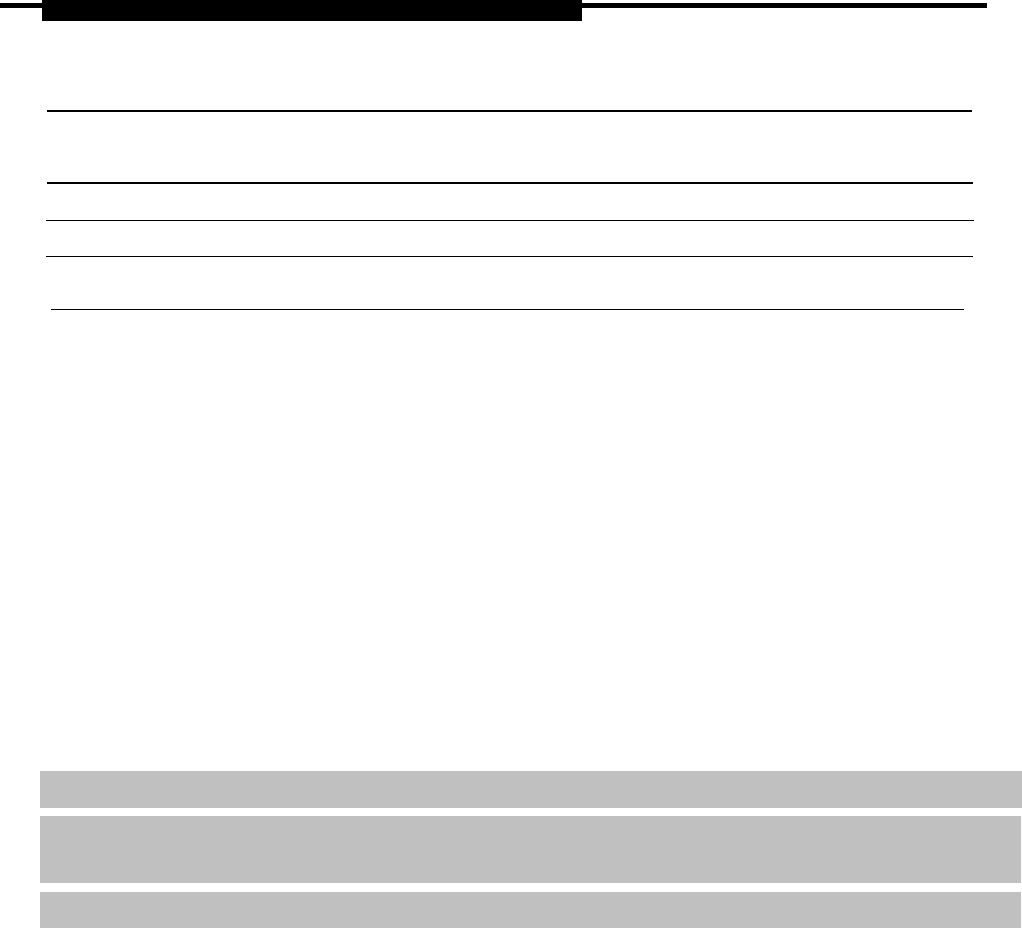
Trunk Errors
Table 5–1. Troubleshooting Trunk Symptoms
Symptom
Section
Incoming calls not being received Incoming Trunk Problems
Cannot make outgoing calls
Outgoing Trunk Problems
General trunk problems
NOTE:
If the customer reports ethos during
Manual Correction of Trunk Problems
conversations on T1 trunks with GS
emulation to a toll office, check the system programming for T1 trunks.
The system is not intended to work with GS emulation to a toll office. Tie trunk
emulation must be programmed. Program the module to emulate tie trunks to
the central office.
Manual Correction of Trunk Problems
1
2
3
If the system cannot seize a trunk even after repeated attempts, you may have
to replace the module.
To identify the trunk problem, follow the steps below.
Check for dial tone at the control unit.
If you do not hear dial tone, check the error logs and make a trunk test
call.
Check for dial tone at the network interface.
It is sometimes difficult for the customer to detect trunk troubles. If a trunk is
down, the system records an error in the error log and takes the trunk out of
service. However, if an incoming-only trunk is down, the only sign of trouble is
customer complaints that incoming calls are not being received.
Check the error logs for messages about trunk type (such as DID, tie, and
T1). Also check the wiring and the system parameters (for example, touch-
tone/rotary, toll restriction, and disconnect time interval).
5–2 Central Office Problems



